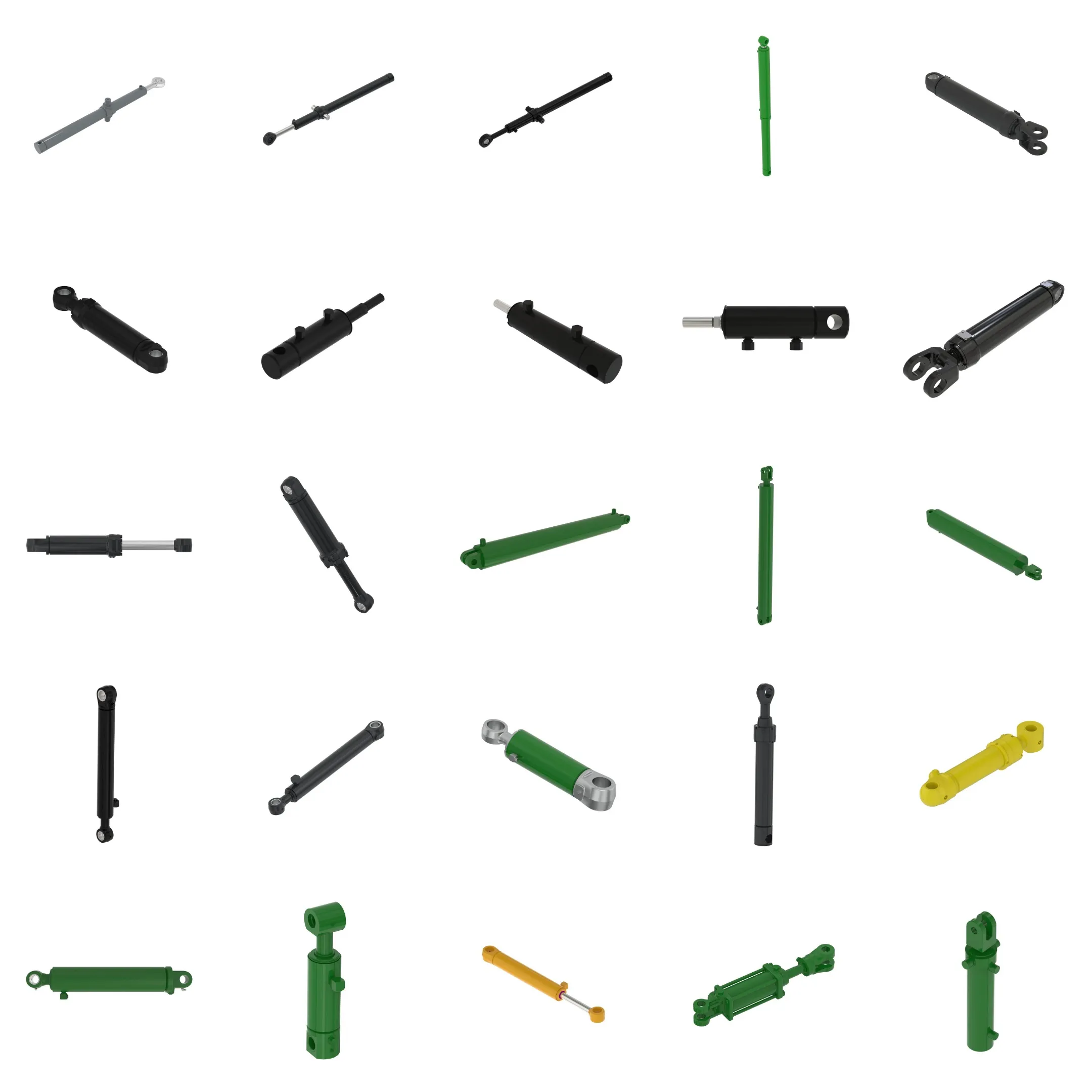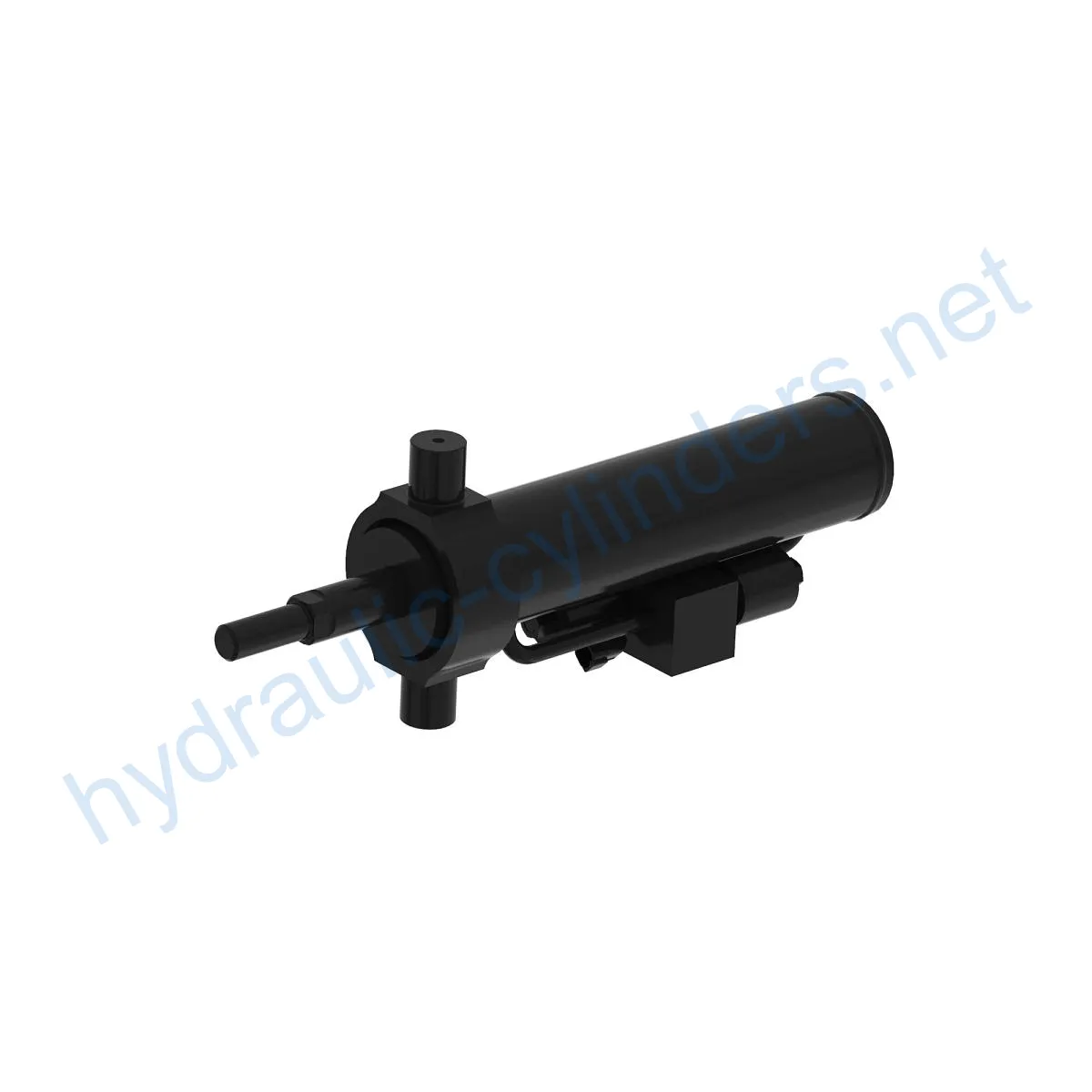Replacement Of AKK36336 Steering Hydraulic Cylinder
Являясь одним из производителей, поставщиков и экспортеров механической продукции, мы предлагаем гидравлические цилиндры и многие другие изделия.
Пожалуйста, свяжитесь с нами для получения подробной информации.
Почта:sales@hydraulic-cylinders.net
Производитель поставщик экспортер гидроцилиндров.
Replacement Of AKK36336 Steering Hydraulic Cylinder
Product Definition
The Replacement Of AKK36336 Steering Hydraulic Cylinder is a crucial component in hydraulic systems that helps control steering movements. It plays a vital role in ensuring smooth and precise steering operations, improving overall vehicle performance.
Specifications
- Weight: 41.286 lb
- Height: 5 in
- Width: 8.5 in
- Length: 22.5 in
Model
This hydraulic cylinder is compatible with various models.
Product Features
- Enhanced Equipment Performance: Replacing damaged or worn hydraulic cylinders can restore the normal operational capability of the equipment, ensuring optimal performance in various applications.
- Enhanced Safety: Regularly replacing hydraulic cylinders can reduce safety hazards caused by cylinder failures, ensuring the safety of operators and equipment.
- Overload Protection: New cylinder designs often incorporate better overload protection mechanisms, improving safety.
- Quick Installation: Modern hydraulic cylinders are designed for easy installation and replacement, minimizing downtime.
- Standardized Components: Many hydraulic cylinders are standardized products, making it easier to obtain replacement parts in the market.
Applications
- Excavators: Hydraulic cylinders in excavator arms or buckets may get damaged due to prolonged use or overload, requiring replacement for normal operation.
- Cranes: Hydraulic cylinders in crane booms can wear out due to frequent lifting and lowering, necessitating regular replacement for safety purposes.
- Tractors: Hydraulic cylinders in front-end loaders of tractors may experience leaks or decreased performance during constant lifting and tilting operations, requiring replacement.
- Harvesters: Hydraulic systems in harvesters undergo high-pressure conditions, leading to cylinder fatigue. Timely replacement is necessary to maintain work efficiency.
- Automated Production Lines: Hydraulic cylinders are used to control robotic arms and other automated equipment. Cylinder failure can hamper production efficiency, requiring immediate replacement.
- Die-casting Machines: Hydraulic cylinders in die-casting machines may experience performance degradation under high-pressure and high-temperature conditions. Regular replacement ensures product quality.
- Mining Equipment: Hydraulic cylinders are used in mining equipment for lifting and moving heavy loads. Due to harsh working environments, regular inspection and replacement are necessary to prevent equipment failure.
- Bulldozers: Hydraulic cylinder wear on bulldozer blades can lead to decreased pushing capability, necessitating timely replacement to maintain operational efficiency.
Maintenance Tasks
- Regular Inspections: It is important to conduct regular inspections to identify any potential issues or wear in the hydraulic cylinder.
- Proper Lubrication: Adequate lubrication is crucial to ensure smooth operation and prevent premature wear of the cylinder components.
- Seal Replacement: Regularly replacing seals helps maintain the cylinder’s integrity and prevent leaks.
- Calibration Checks: Periodically checking and calibrating the cylinder’s settings ensures accurate steering control.
Safety Considerations and Environmental Factors
When using hydraulic cylinders, it is important to follow safety measures to prevent accidents and injuries. Proper handling, maintenance, and disposal of hydraulic fluids are essential to minimize environmental impact.
Fault Diagnosis and Common Issues
Common issues that may arise with hydraulic cylinders include leaks, insufficient pressure, and erratic movements. These problems can be diagnosed by inspecting the cylinder, seals, and fluid levels.
Troubleshooting and Preventive Measures
To effectively diagnose and resolve problems, follow these tips:
- Identify the root cause of the issue by observing cylinder behavior and conducting appropriate tests.
- Refer to the manufacturer’s guidelines for troubleshooting specific problems.
- Implement preventive measures, such as regular maintenance, to minimize potential issues.

Design Considerations and Selection Criteria
When selecting a hydraulic cylinder, consider its load-bearing capacity, sealing capability, durability, safety features, and ease of maintenance. These factors ensure optimal performance and longevity.
Sealing and Lubrication
Hydraulic cylinders utilize various seals, such as piston seals and rod seals, made of wear-resistant materials like polyurethane and nitrile rubber. The cylinder body and threaded ends undergo fine surface treatment to enhance wear resistance. Regular lubrication with the appropriate hydraulic oil is necessary to ensure smooth operation.
Regular Inspection and Preventive Maintenance
Regular inspections, proper installation, lubrication, and adjustment are crucial for maintaining hydraulic cylinder performance. Providing guidance on aligning the cylinder correctly during installation and recommending the use of suitable mounting brackets to secure the cylinder can extend its lifespan. Recommended inspection, repair, and replacement procedures, as well as parts replacement and rebuilding services, enhance the longevity of the hydraulic cylinder.
Safety Considerations and Environmental Factors
When working with hydraulic cylinders, it is essential to prioritize safety precautions and consider environmental factors. Proper safety measures must be followed during cylinder use, and the importance of using appropriate safety equipment should be emphasized.
Fault Diagnosis and Common Issues
Common issues with hydraulic cylinders include leaks, reduced pressure, and erratic movements. Troubleshooting tips and solutions help readers diagnose and resolve problems effectively. Additionally, preventive measures can minimize potential issues and ensure optimal performance.

Product Installation Guide
Proper installation is crucial for the hydraulic cylinder’s optimal performance. Detailed installation instructions should be followed, including aligning the cylinder correctly and using suitable installation brackets to secure it.
Maintenance Tasks
- Regular Inspections: Conducting periodic inspections allows for the early detection of any issues or wear in the hydraulic cylinder.
- Proper Lubrication: Adequate lubrication helps maintain smooth operation and prolong the lifespan of the cylinder.
- Seal Replacement: Regularly replacing seals ensures the integrity of the cylinder and prevents leaks.
- Calibration Checks: Periodic calibration checks help maintain accurate steering control.
Company Introduction
We are a leading manufacturer and wholesaler of replacement hydraulic cylinders, offering a comprehensive range of products in both domestic and international markets. Our
Take a Tour of Our VR Factory:
Take a tour of our VR factory with the following
Hydraulic Cylinder Application:


